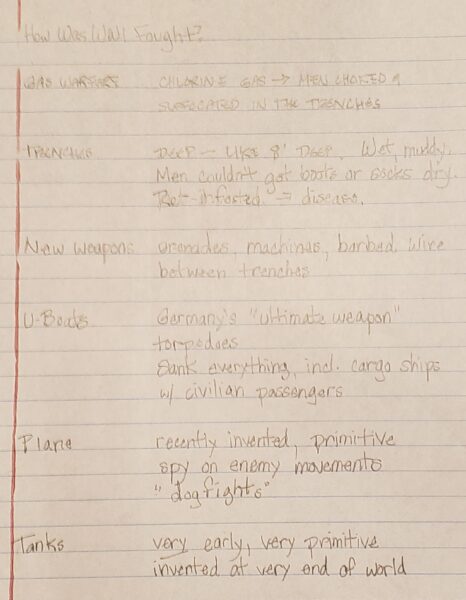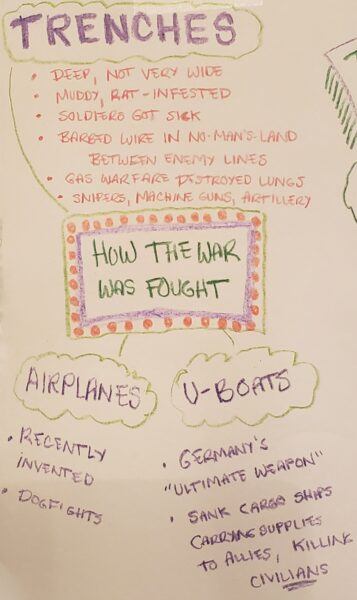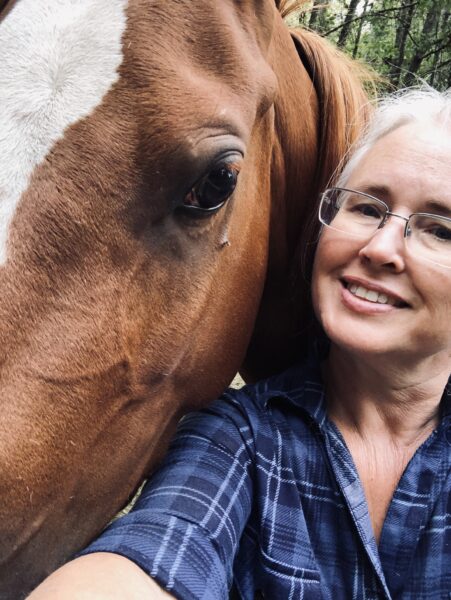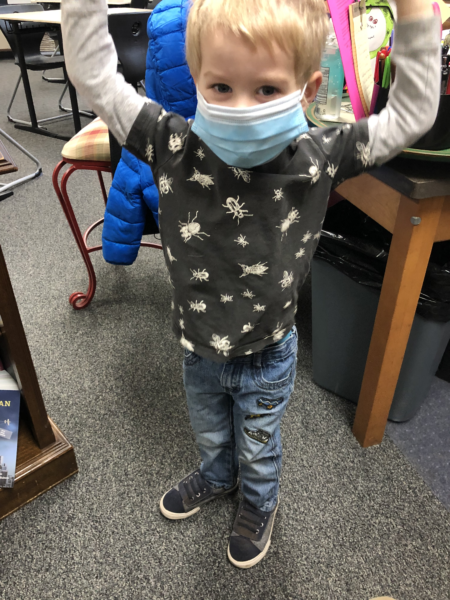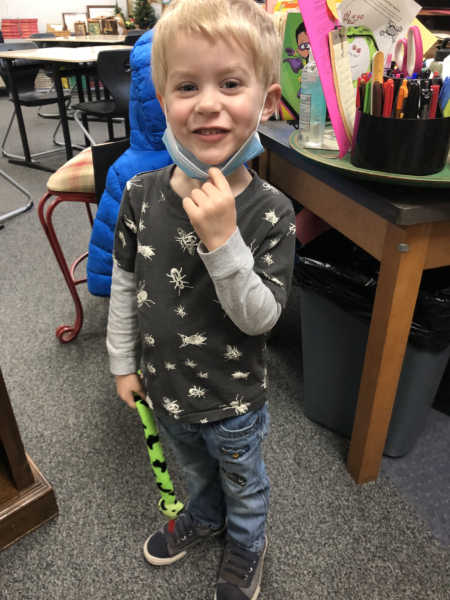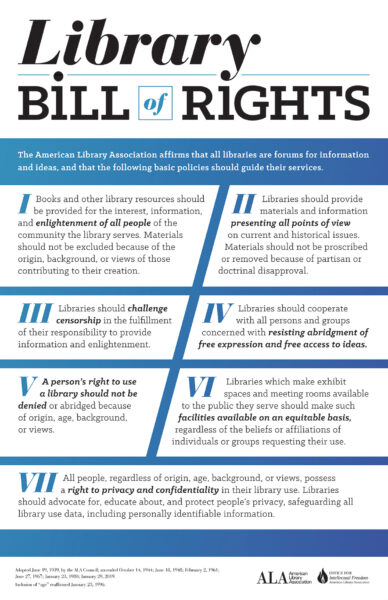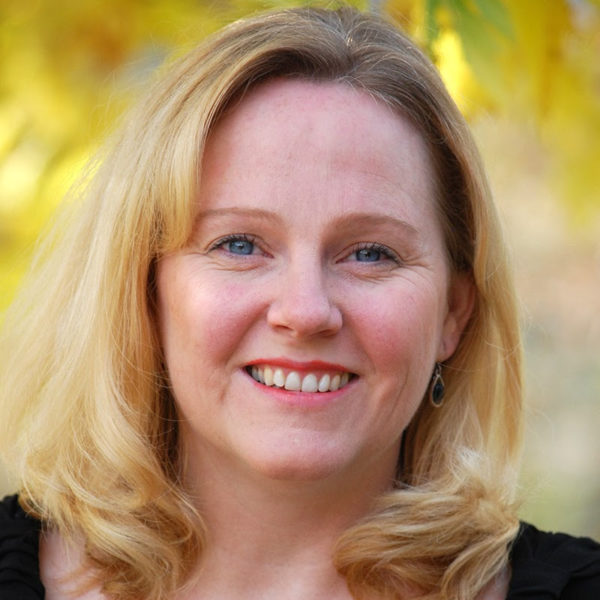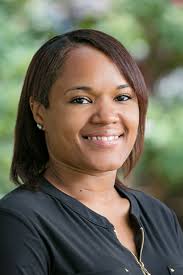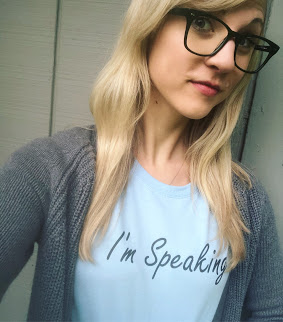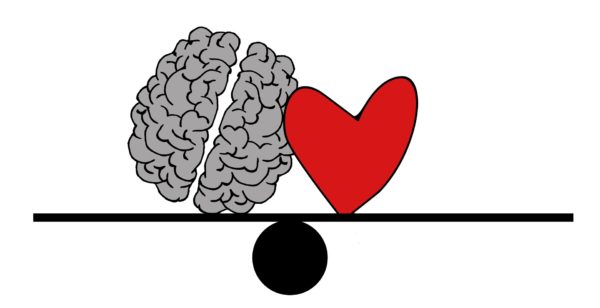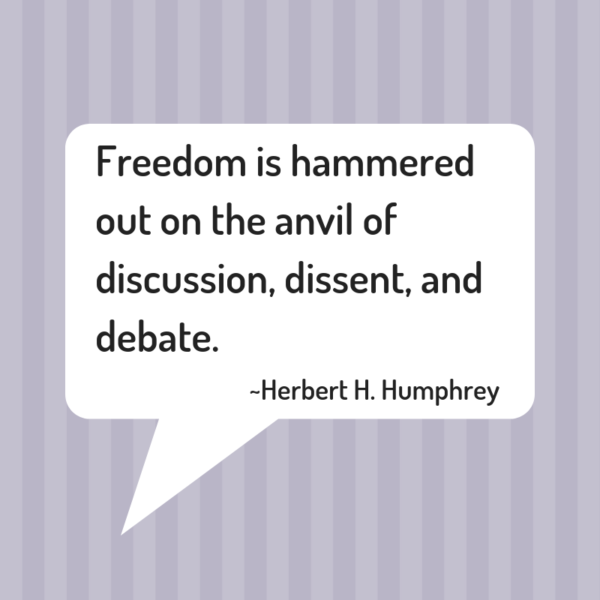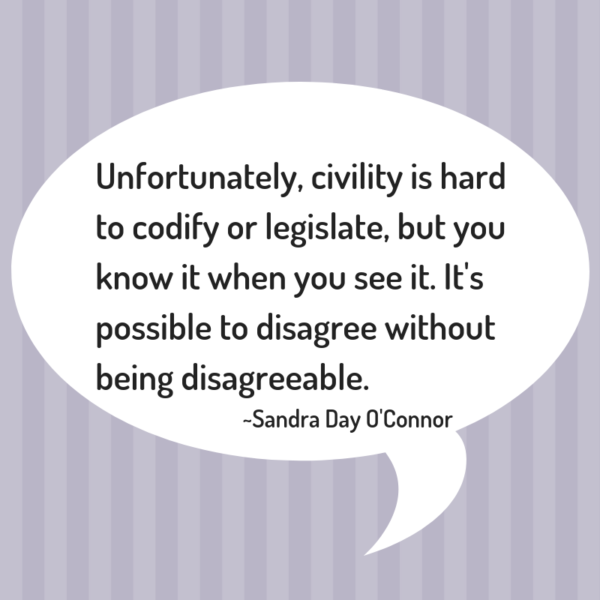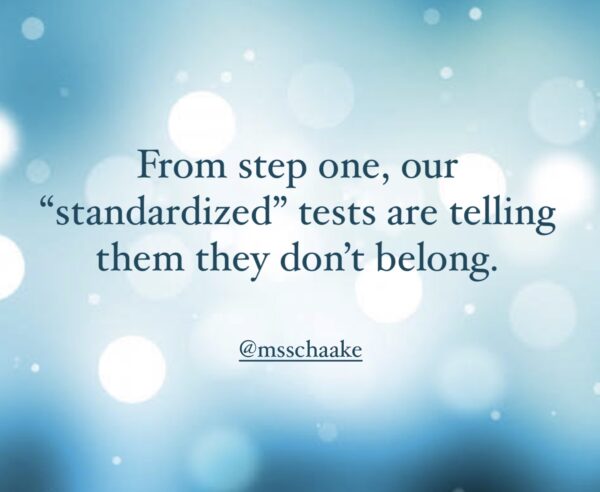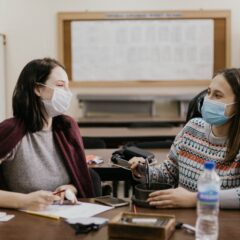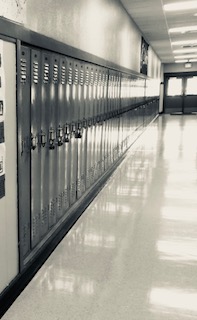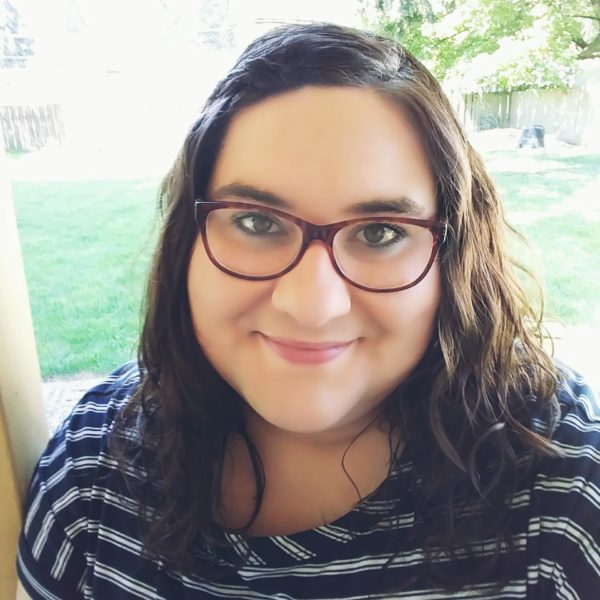According to a survey in 2017, 93% of the public and 76% of educators believe in the theory of learning styles. It’s a pervasive idea. It’s appealing. It’s obvious.
Even though it’s wrong.
As its essence, the idea behind learning styles instruction is:
- children who are visual learners learn best with visual instruction
- children who are auditory learners learn best with auditory instruction
- children who are kinesthetic learners learn best with kinesthetic instruction
However, experiments don’t bear this premise out. “If classification of students’ learning styles has practical utility, it remains to be demonstrated.”
Dr. Dylan Wiliam from the Institute of Education, University College London, argues that the whole premise of learning-styles research—that the purpose of instructional design is to make learning easy—may be incorrect. “If students do not have to work hard to make sense of what they are learning, then they are less likely to remember it in six weeks’ time.”
In other words, the learning styles movement wanted to make learning easy. But people learn best when learning is more challenging.
Especially if it’s more interesting.
Not only that, but teachers and students may have very different ideas of what each child’s “learning styles” are.
In a study published in Frontiers in Education, researchers interviewed nearly 200 fifth and sixth grade students, asking them to choose their preferred learning style (visual, auditory, or kinesthetic). Then their teachers were asked to identify each student’s preferred learning styles.
There was no significant correlation between the teachers’ judgements and the students’ own assessments. Clearly, the styles aren’t as obvious as some might expect!
If you, as a teacher, are a strong verbal or auditory learner, you should learn to incorporate extra kinesthetic activities like “vote with your feet.” However, you aren’t doing the activities to make your kinesthetic learners suddenly become better students. You are adding the activities to make your classroom experience richer for everyone. In the same way, you ought to incorporate extra visuals into your instruction: art, maps, charts, graphs, cartoons.
In my classroom, everyone learns to take 2- and 3-column notes (the third column giving space for questions or doodles). I also show everyone how to take notes in a more visually interesting way. In the end, students will choose the way that suits them best.
